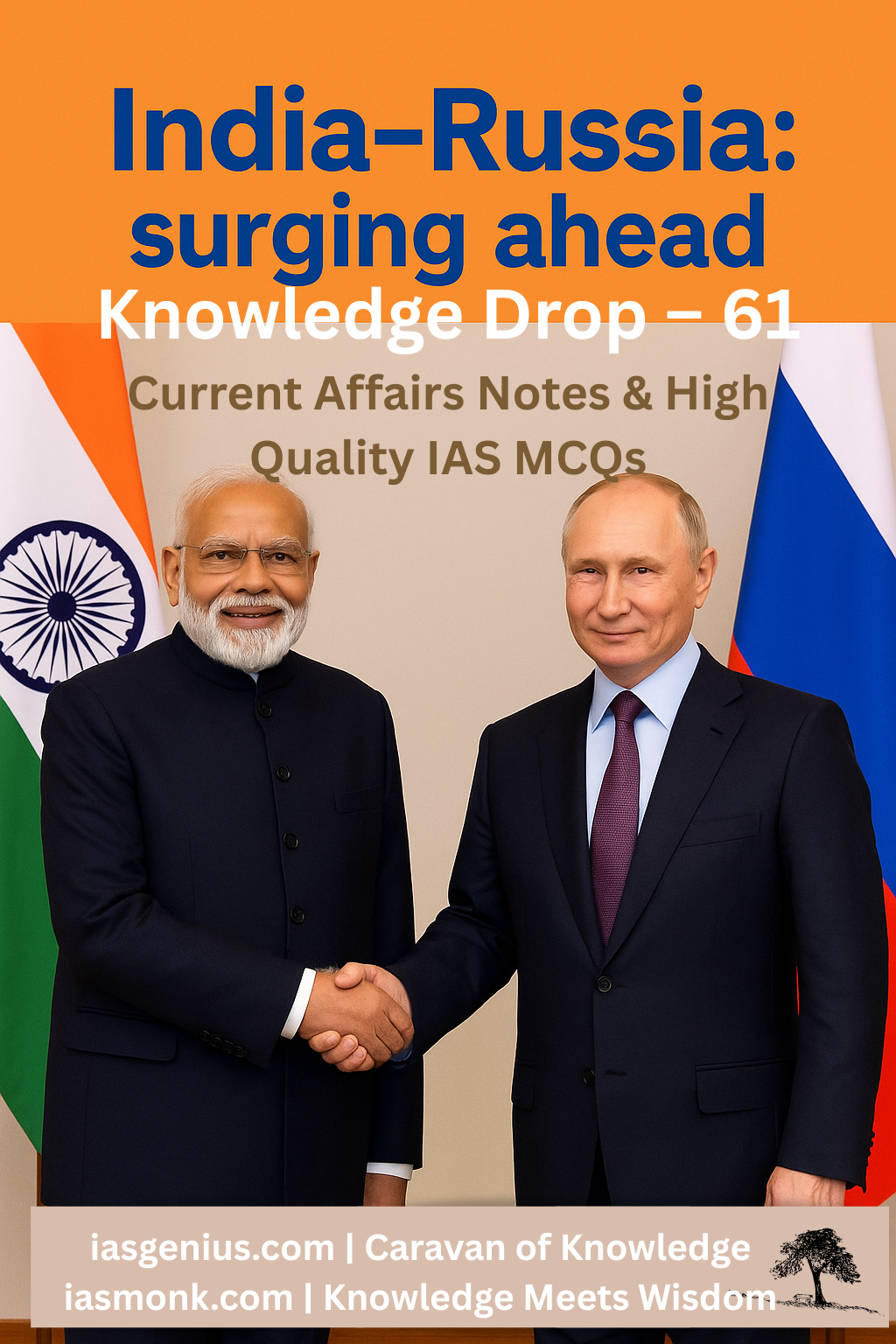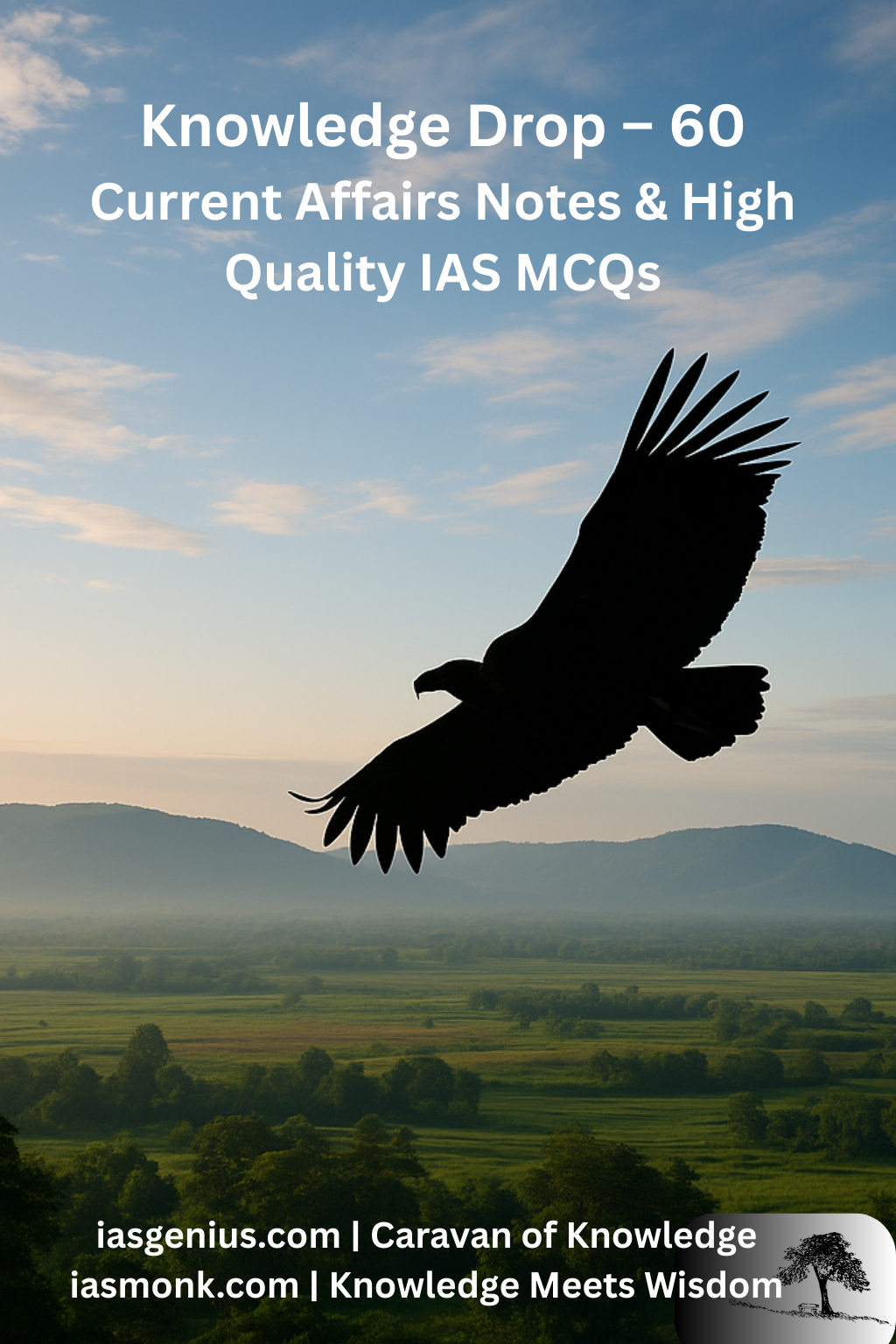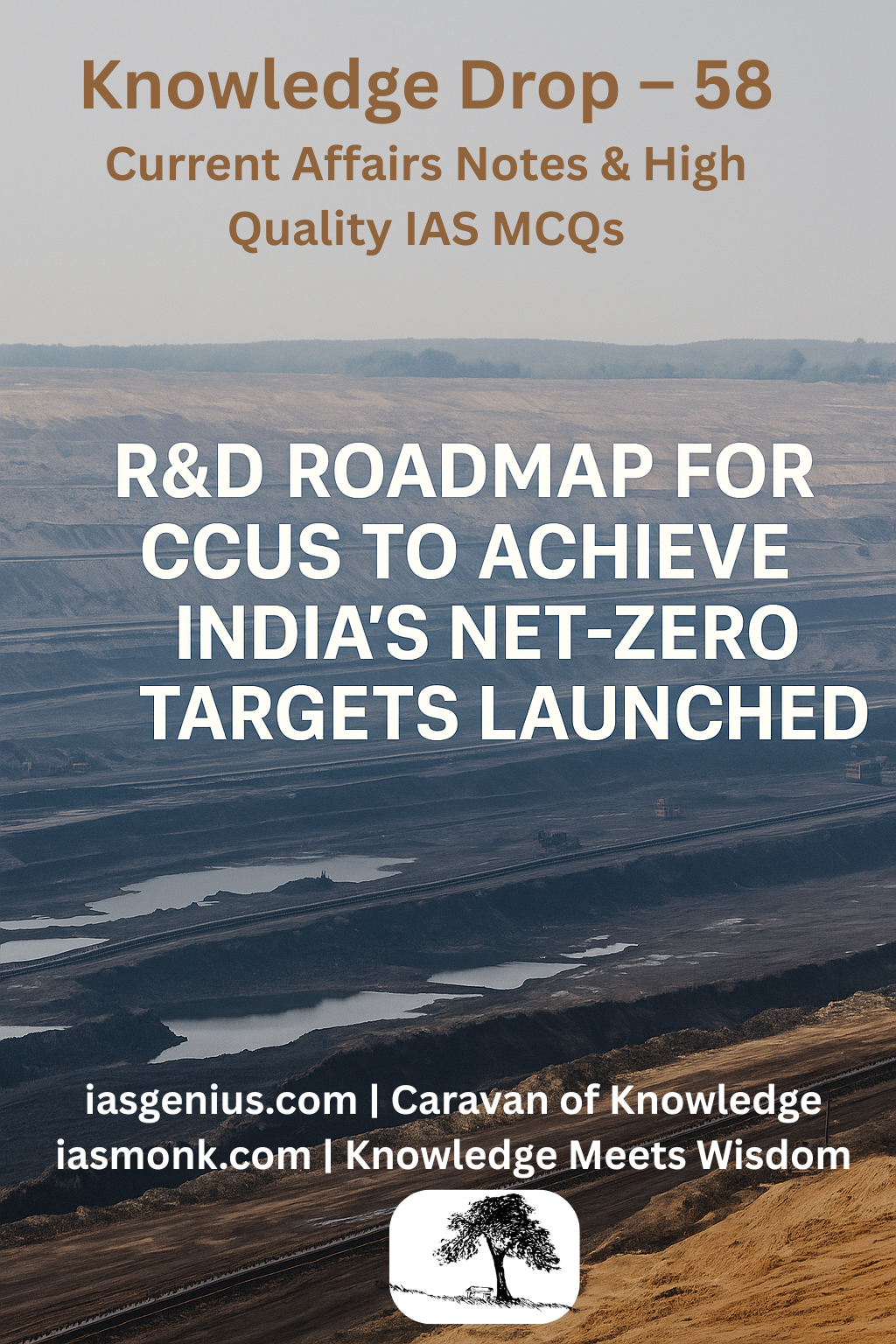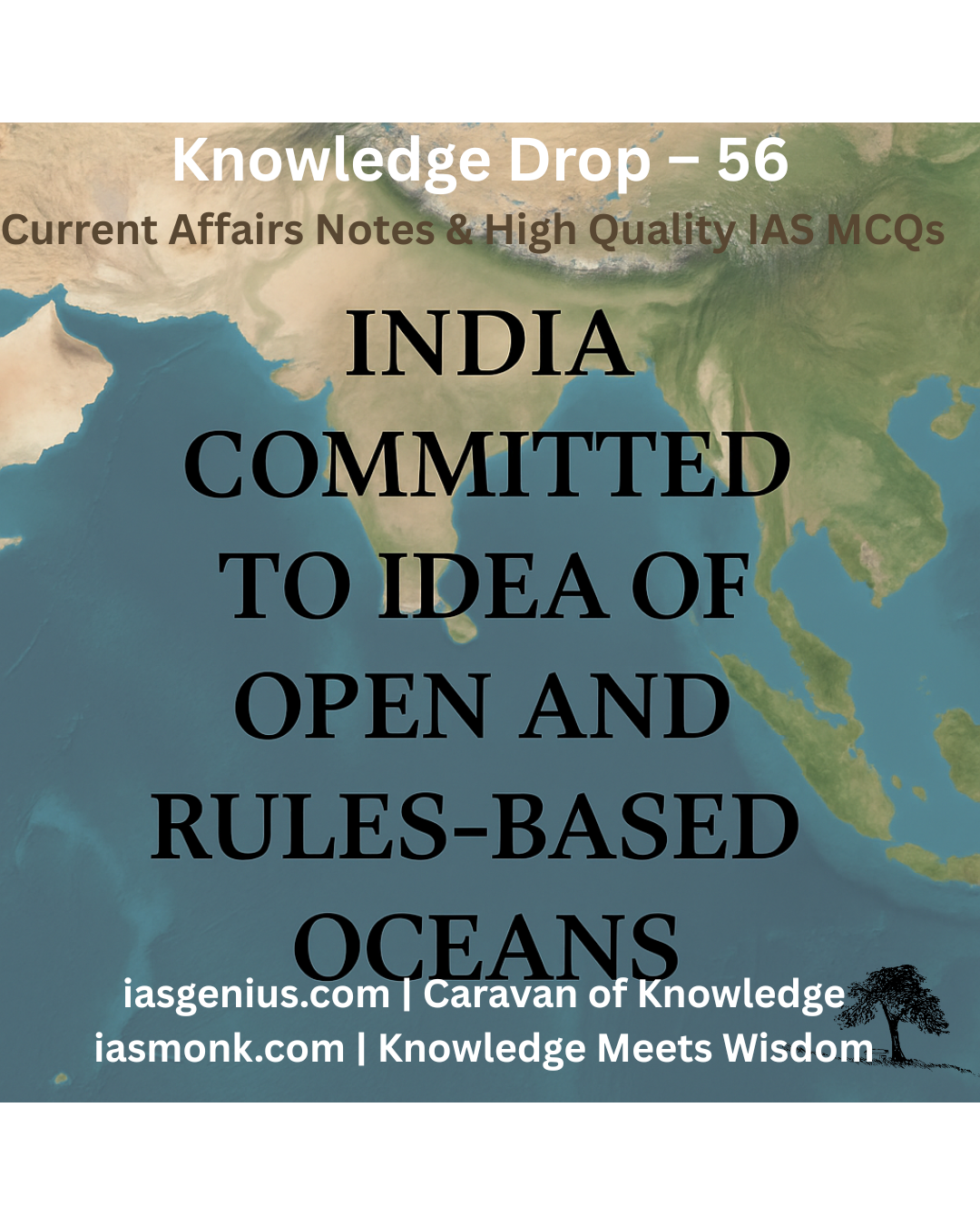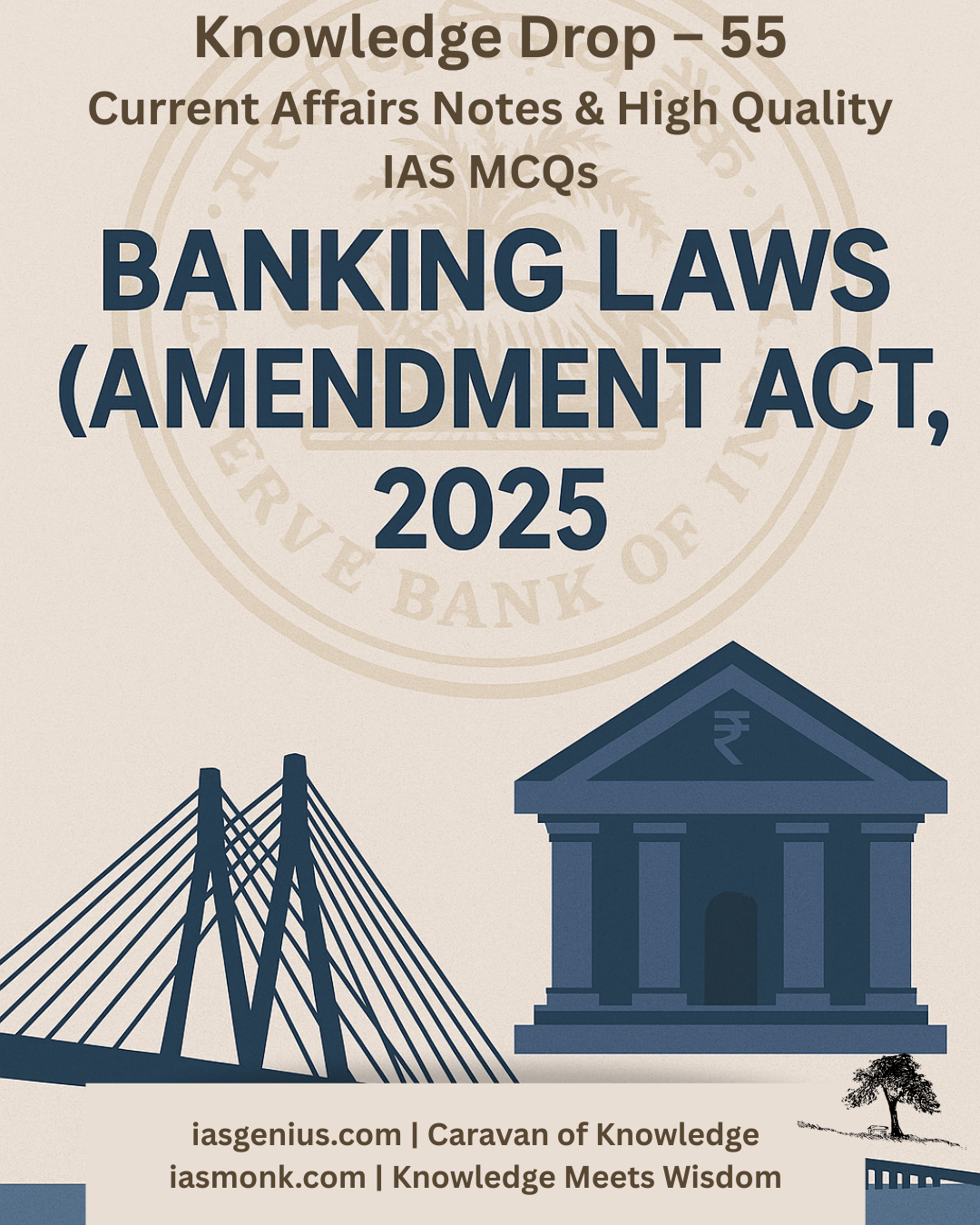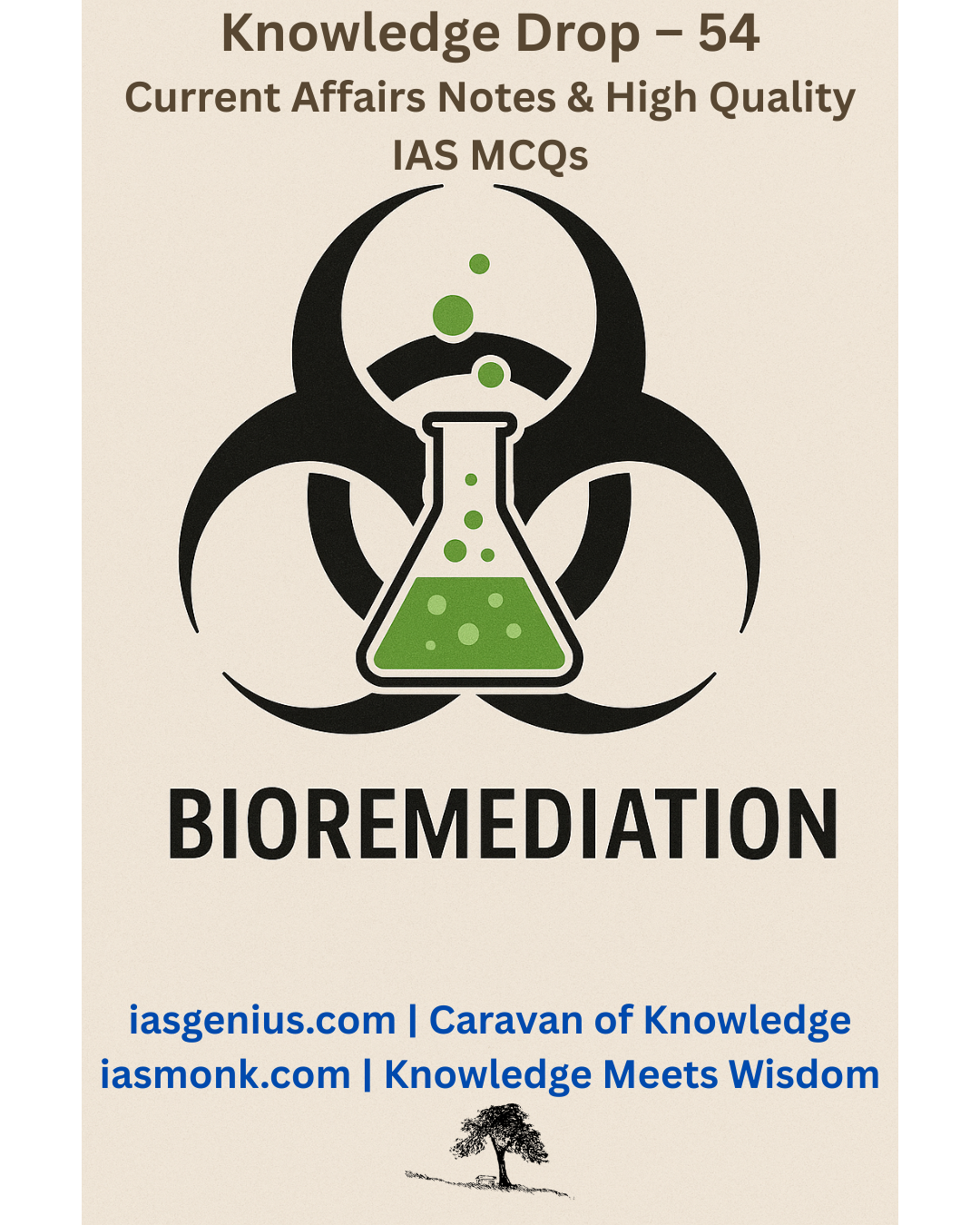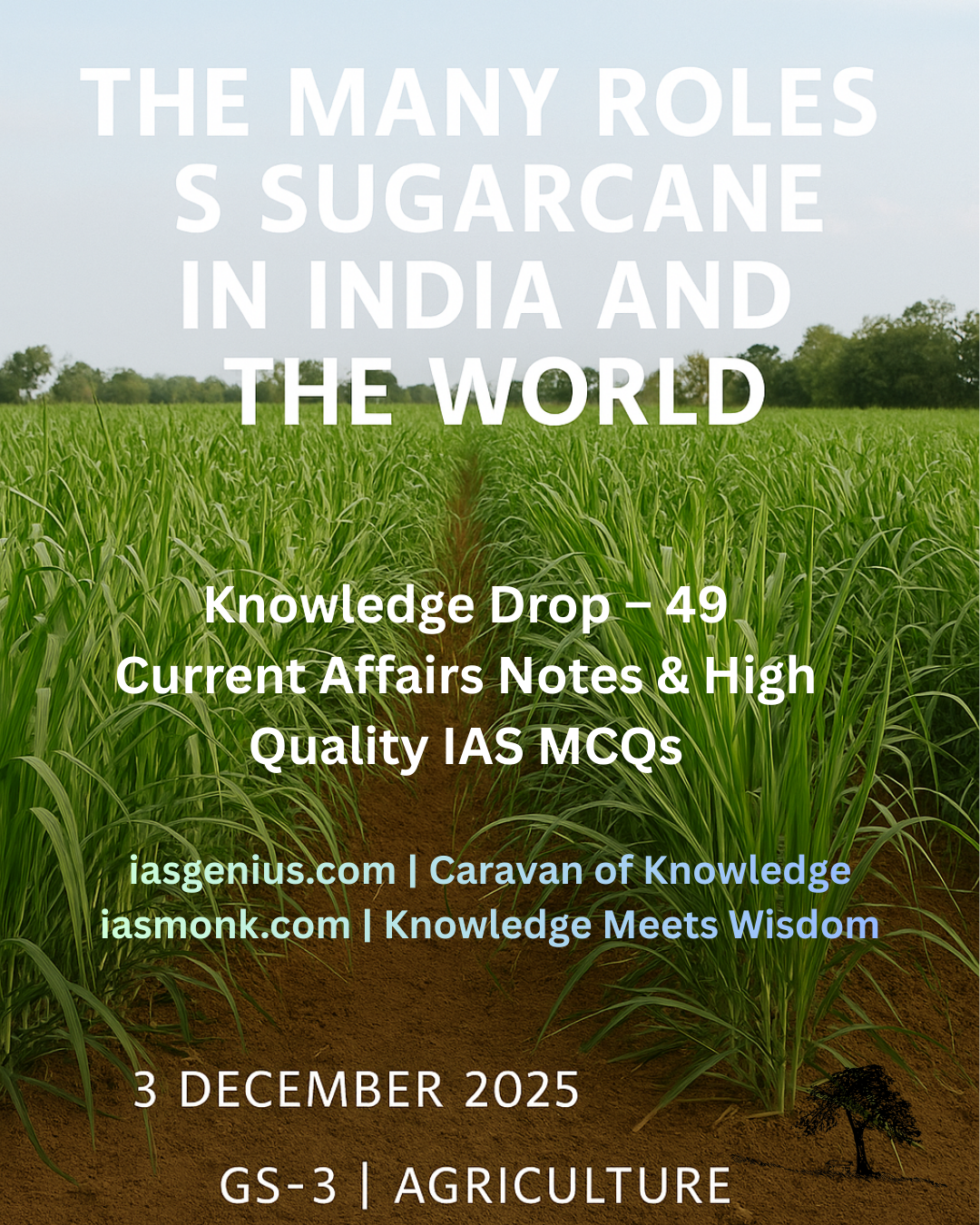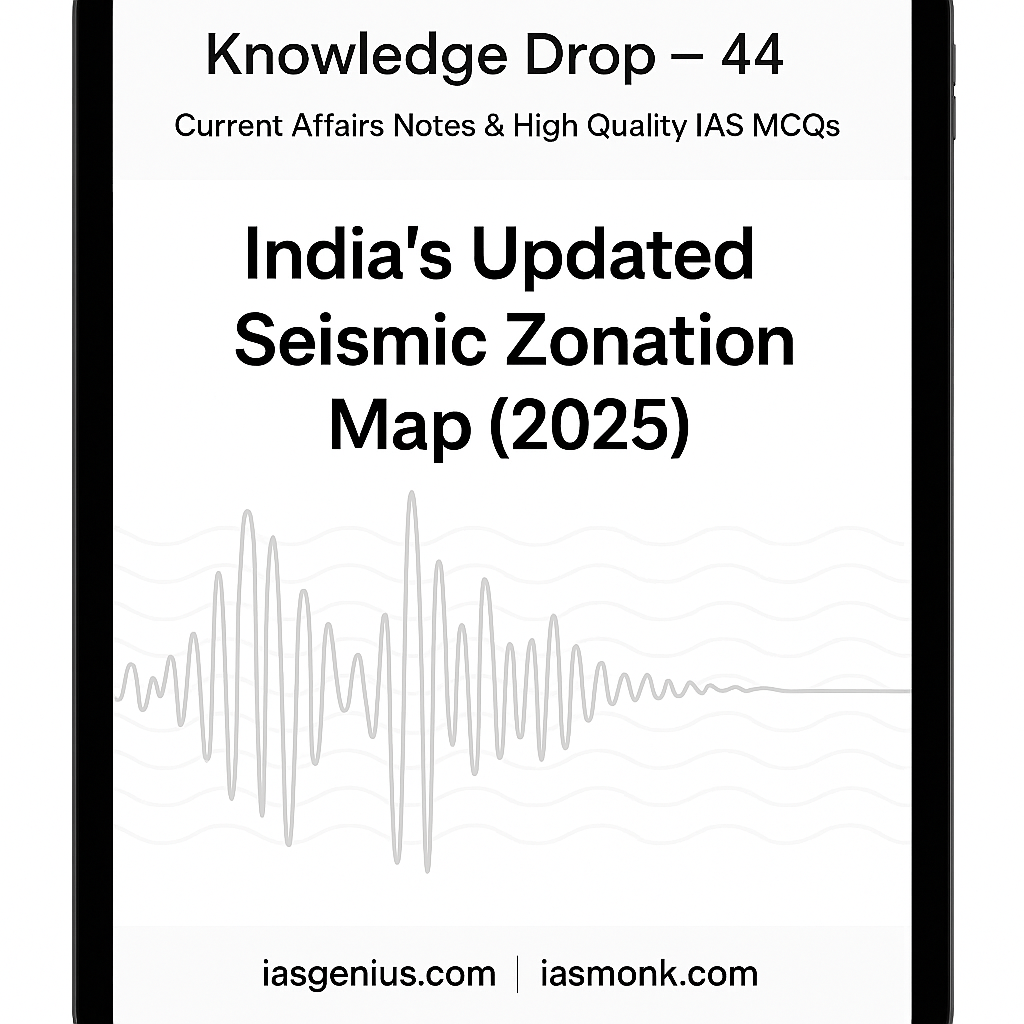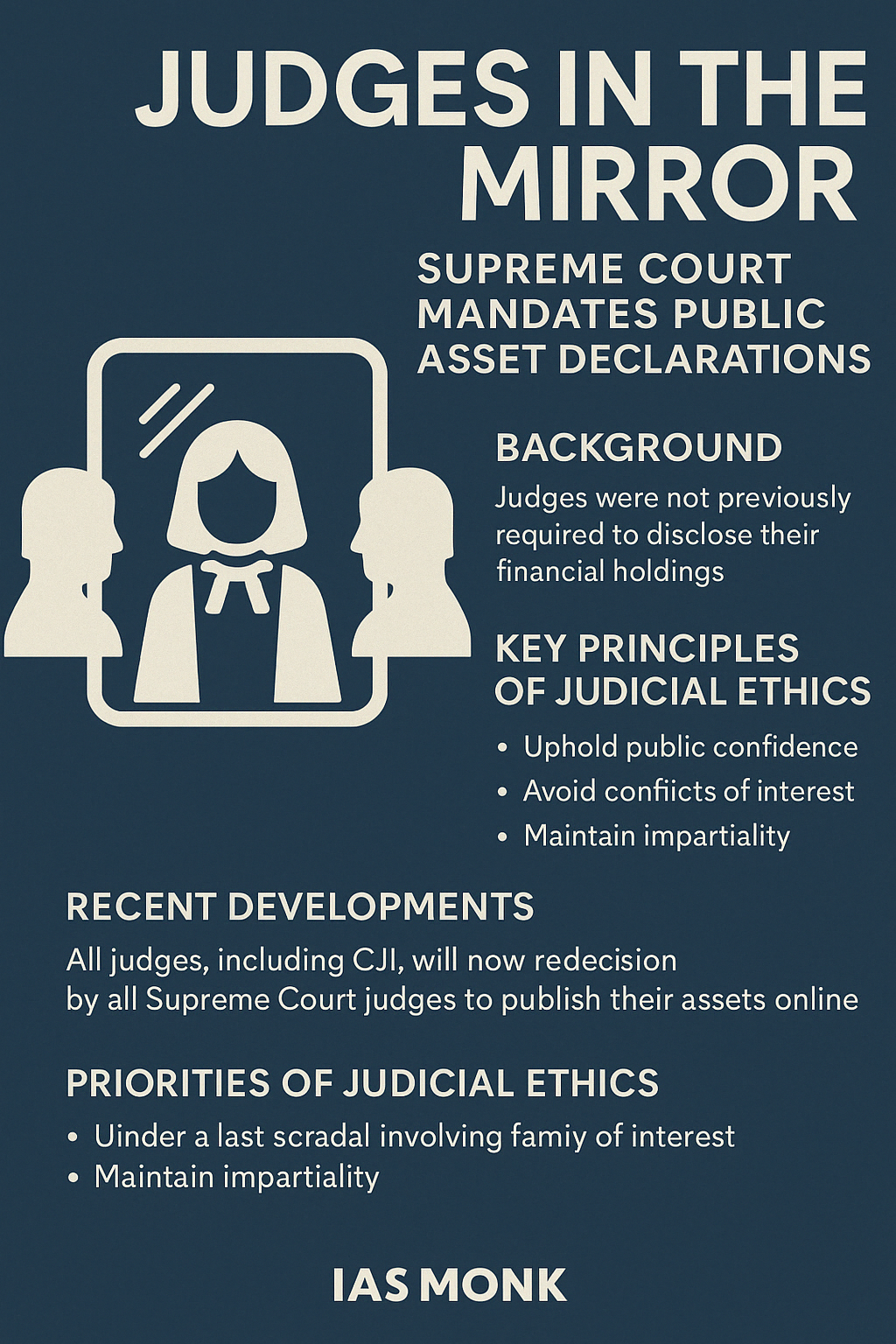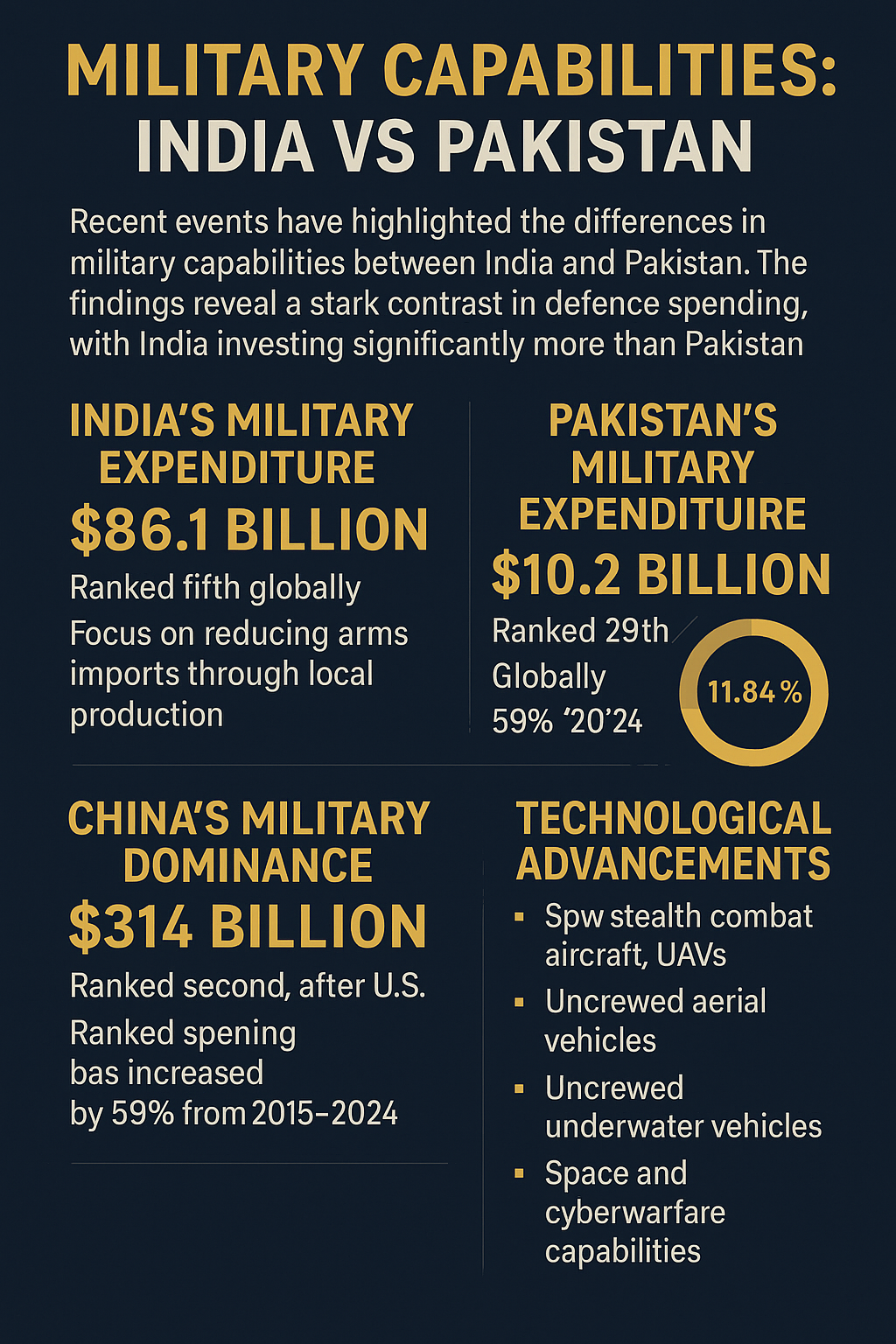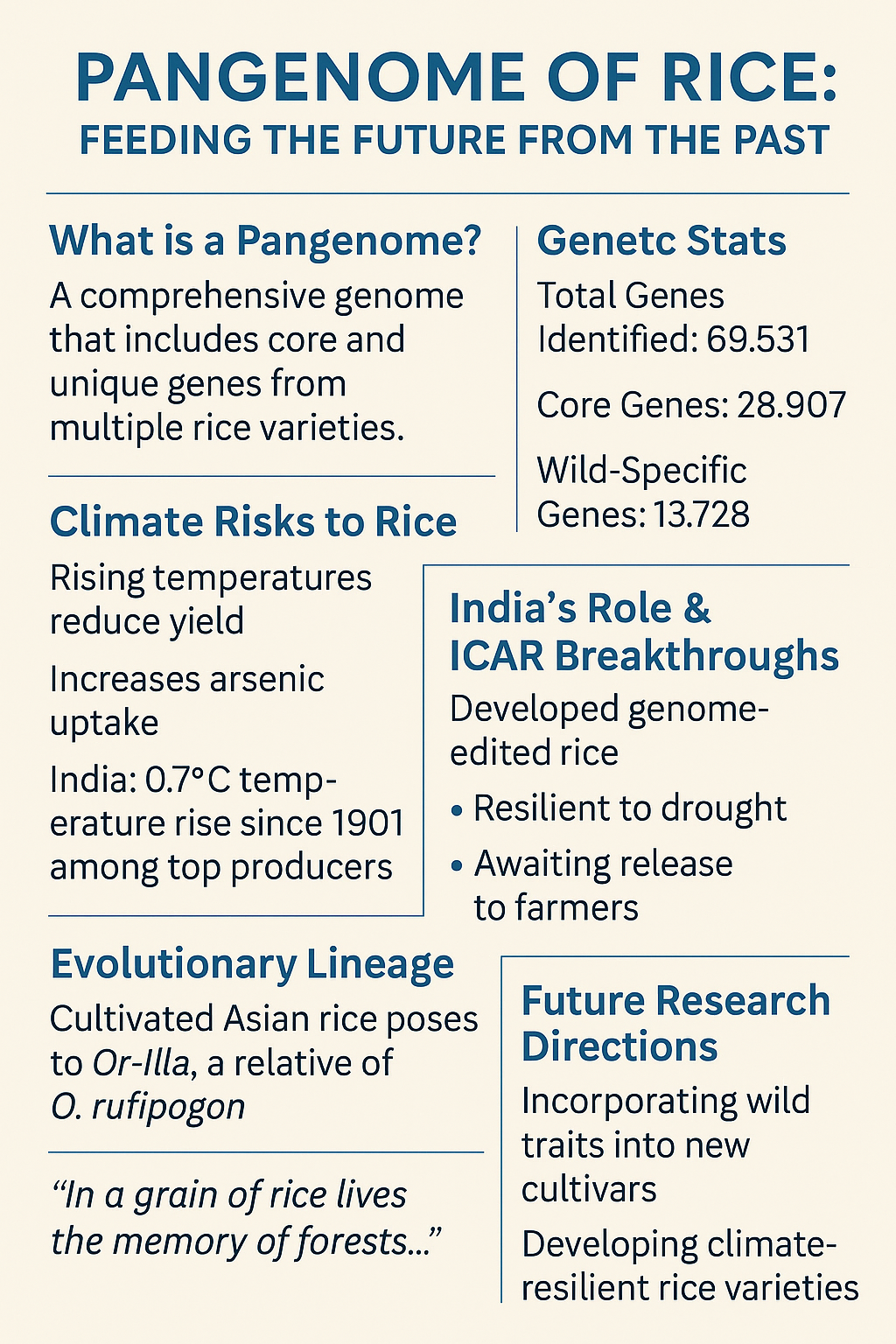
📅 May 2, 2025, Post 6: 🕉️ The Flame That Burned in Silence: Adi Shankara |Mains Essay Attached | Target IAS-26 MCQs Attached: A complete Package, Dear Aspirants!
🕉️ The Flame That Burned in Silence:Adi Shankara

NEWSMAKER — PETAL 027
📅 May 2, 2025
Thematic Focus: Indian Philosophy, Culture, Spiritual Legacy, GS I – History
🌿 Opening Whisper
He walked barefoot across Bharat, yet the echo of his footsteps still carries across time.
🔍 Key Highlights
• Adi Shankaracharya Jayanti was observed recently to commemorate the birth of one of India’s greatest spiritual philosophers.
• Born in 788 AD in Kalady, Kerala, to Shivaguru and Aryamba, Shankara was a spiritual prodigy who revived and unified Hindu philosophical traditions.
• At age six, he composed the Balabodha Sangraha, and at twelve, he had mastered the Prasthana Traya—Upanishads, Bhagavad Gita, and Brahmasutras.
🧘♂️ Adi Shankaracharya – A Life of Flame and Clarity
- Disciple of Govindapadacharya, whom he met on the banks of the Narmada River.
- Wrote profound philosophical commentaries and stotras blending logic with compassion, including the famous Kanakadhara Stotra.
- Became the leading exponent of Advaita Vedanta—the non-dualistic school of Hindu philosophy.
📚 Major Works and Philosophical Contributions
• Authored over 100 texts, including:
- Vivekachudamani (Crest-Jewel of Discrimination)
- Upadesha Sahasri
- Soundaryalahari, Bhaja Govindam, Atma Bodha
• Wrote Bhashyas (commentaries) on:
- Brahmasutra
- Bhagavad Gita
- Ten Principal Upanishads
• Advocated Jnana (Knowledge) as the path to Moksha (Liberation).
🕋 Spiritual Infrastructure: The Four Mathas
Shankara established four monastic centers across India to institutionalize Advaita Vedanta:
- Sringeri (South – Karnataka)
- Dwarka (West – Gujarat)
- Puri (East – Odisha)
- Jyotirmath (North – Uttarakhand)
He mentored four disciples: Padmapada, Sureshvara, Totaka, and Hastamalaka—each entrusted to one Matha.
🌀 Advaita Vedanta: Essence of Non-Dualism
• “Brahman is the only reality; the world is an illusion; and the individual self is not different from Brahman.”
• The core Advaita principle is that liberation comes from realization, not ritual—from inner awakening, not external identity.
• Shankara’s view reconciled logic, devotion, and spiritual experience.
📘 GS Paper Mapping
Prelims:
• Shankaracharya’s Birthplace, Teachers, Disciples
• Mathas and Locations
• Major Works and Texts
• Advaita Vedanta Key Concepts
Mains:
• GS I – Indian philosophy and religious reform movements
• GS I – Contribution of individuals to spiritual unification of India
• GS I – Cultural heritage and monastic orders
🔮 A Thought Spark — by IAS Monk
He was but a child, yet his mind spanned the Upanishads. He wrote like a sage, walked like a monk, and vanished like a flame that knew its purpose.
High Quality Mains Essay For Practice :
Word Limit 1000-1200
The Light That Dissolves All Duality: Relevance of Advaita Vedanta in the Contemporary World
In an age marked by fragmentation—of identities, nations, communities, and inner selves—there is a quiet urgency for a vision that transcends division. Among the many philosophical schools born in the soil of India, Advaita Vedanta, as expounded by Adi Shankaracharya, offers not just spiritual wisdom but a profound ontological compass for today’s divided world.
Advaita does not merely preach tolerance. It asserts non-duality—that all is one, and all apparent differences are illusions of perception. This timeless insight is not confined to monasteries or metaphysics; it has deep relevance in the moral, social, psychological, and ecological struggles of our modern existence.
🕉️ What is Advaita Vedanta?
Derived from the Sanskrit words a- (not) and dvaita (dual), Advaita posits that the ultimate reality is non-dual Brahman, indivisible and infinite. The individual self (Atman) is not separate from Brahman. The multiplicity of the world, with its joys and sorrows, is Maya—a veil of illusion.
Adi Shankaracharya crystallized this philosophy through rigorous logic, poetic devotion, and grounded ethics. To him, liberation (moksha) is attained not through rituals, but by realizing that we are already what we seek—whole, eternal, free.
🌍 Advaita and the Crisis of Identity
Today’s world grapples with the identity paradox. We are hyper-aware of our labels—religion, race, nationality, gender—yet this awareness has fostered division, not unity. Identity, which should empower, has often become a source of conflict.
Advaita’s insight is radical: our true self is beyond all labels. We are not the body, not the mind, not even the fleeting emotions. We are the witness consciousness—unaffected, undivided.
This is not escapism. It is liberation from egoic fragility—a path toward peace within and tolerance without. If embraced even partially, Advaita can reshape global dialogues on diversity, pluralism, and coexistence.
🧘 Relevance in Mental Health and Inner Stability
Never before has humanity achieved so much—and felt so hollow. The epidemic of anxiety, depression, and spiritual disconnection is rising. People crave purpose, yet drown in distractions.
Advaita teaches the art of detached engagement. By realizing that the world is transient, we can participate in life without being enslaved by its outcomes. The Bhagavad Gita, interpreted through the Advaita lens, offers the solution: do your duty, renounce the fruits.
Modern neuroscience now echoes this: happiness arises not from outcomes, but from awareness, presence, and acceptance—all core Advaitic practices.
🌿 Ecology and the Illusion of Separation
The environmental crisis is rooted in a fundamental illusion: that man is separate from nature, superior and sovereign. This dualism has led to exploitation and imbalance.
Advaita collapses this separation. If all is Brahman, then rivers are sacred, forests are divine, and harming the planet is self-harm. This non-dual ecological consciousness was never a theory for Indian civilization—it was a way of life.
As the world now gropes toward “sustainable development,” Advaita offers a spiritual ecology that sees oneness in diversity, not just as science, but as sacred reality.
🏛️ Politics, Conflict, and the Non-Dual Mind
In polarised societies, where everything is “us vs them,” Advaita gently whispers: there is no ‘other.’ Conflict dissolves not by winning, but by realizing the deeper sameness beneath form.
Shankaracharya himself walked across a politically fragmented Bharat, unifying it not by force, but by philosophy. His establishment of four Mathas across India was as much a cultural and spiritual consolidation as it was a monastic reform.
In a time when ideological divides threaten democracy, Advaita’s invitation to quiet inquiry, shared essence, and inner detachment is a radical act of unity.
📿 From Asceticism to Action: Misunderstood Advaita
One of the biggest misconceptions is that Advaita is passive, detached, otherworldly. On the contrary, true Advaita leads to the most ethical form of action—where service is rendered without ego, justice is pursued without hatred, and truth is spoken without attachment.
Modern leaders like Swami Vivekananda, Ramana Maharshi, and even Mahatma Gandhi carried Advaitic insights into the world—not by retreat, but by living with centered awareness amidst change.
🔄 Advaita and Interfaith Harmony
In a world where religious differences often escalate into violence, Advaita offers a meta-religious view. It doesn’t negate devotion—it includes all forms of worship, but sees them as paths converging into the same non-dual light.
Thus, a Muslim, a Christian, a Hindu, and a Buddhist may differ in rites—but the light behind their seeking is one. This is not just tolerance—it is ontological reverence.
🌌 Conclusion: The Eternal Relevance of Non-Dual Truth
The world today needs healing—not just of the planet, but of perception. It needs clarity in chaos, silence in sound, unity in difference. Advaita Vedanta, in its elegant simplicity, offers this:
“You are not what you think. You are That which thinks.”
In rediscovering Shankaracharya, we rediscover our wholeness—beyond noise, beyond name, beyond nation. To live in Advaita is not to renounce the world, but to see it rightly—as a wave in the ocean of being.
The flame that was lit by Shankara centuries ago still burns quietly in the minds that seek, in hearts that question, and in civilizations that remember.
“Brahman alone is real; the world is an illusion; the individual self is none other than Brahman.”
— Adi Shankaracharya
Target IAS-26: Daily MCQs : May 2, 2025
📌 Prelims Practice MCQs
Topic: Indian Philosophy, Spiritual Thinkers, Cultural Institutions
MCQ 1 — Type 1: How many statements are correct?
Q. Consider the following statements about Adi Shankaracharya and his contributions:
1. He authored foundational commentaries on the Prasthana Traya, which includes the Upanishads, Bhagavad Gita, and Yoga Sutras.
2. He established four monastic centers (Mathas) in different corners of India to promote Advaita Vedanta.
3. His philosophy emphasizes that the world is real, but distinct from Brahman.
4. He was born in Kerala and is associated with early use of Old Kannada in spiritual compositions.
How many of the above statements are correct?
A) Only one
B) Only two
C) Only three
D) All four
🌀 Didn’t get it? Click here (▸) for the Correct Answer & Explanation
✅ Correct Answer: B) Only two
🧠 Explanation:
• Statement 1 is incorrect — Shankaracharya wrote commentaries on the Upanishads, Gita, and Brahmasutras (not Yoga Sutras).
• Statement 2 is correct — Mathas were established in Sringeri, Puri, Dwarka, and Jyotirmath.
• Statement 3 is incorrect — Advaita Vedanta holds the world as Maya (illusion), not real.
• Statement 4 is incorrect — Though born in Kerala, Old Kannada is unrelated to his works.
MCQ 2 — Type 4: Direct factual
Q. Which of the following Matha-location pairs is incorrectly matched?
A) Sringeri – South India
B) Dwarka – West India
C) Kanchipuram – East India
D) Jyotirmath – North India
🌀 Didn’t get it? Click here (▸) for the Correct Answer & Explanation
✅ Correct Answer: C) Kanchipuram – East India
🧠 Explanation:
• Shankaracharya’s four Mathas are:
Jyotirmath (North)
• Kanchipuram was important spiritually but not one of the four Mathas.
Sringeri (South)
Puri (East)
Dwarka (West)

